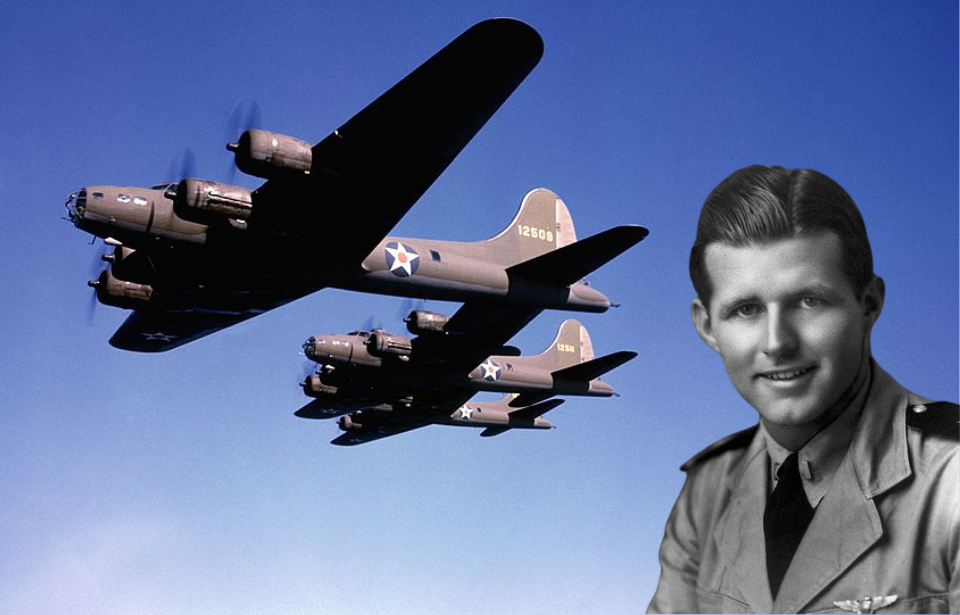The Boeing B-17 Flying Fortress and Consolidated B-24 Liberator were two of the most extensively used heavy bombers of the Second World War. While they were primarily used in air raids over hostile territory, the US Army Air Forces came up with a plan to use them for something more explosive. Operation Aphrodite – and the US Navy’s counterpart, Operation Anvil – set out to turn these aircraft into precision-guided munitions.
Developing Operation Aphrodite
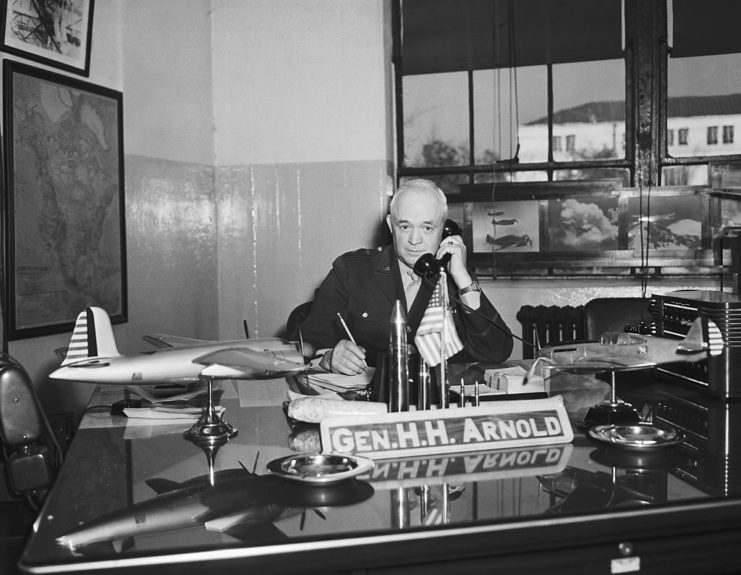
While it’s unclear exactly who came up with the plan for Operation Aphrodite, it was an idea that was heavily supported, as it was one of the ways the Americans could stay on par with German’s deadly V-weapons. As early as 1943, the idea of filling B-17s with explosives was born. The bombers would then be flown, by radio control, into various heavy German fortifications, mainly rocket launch sites and U-boat pens.
Before pitching the idea to Maj. Gen. Jimmy Doolittle in 1944, Gen. Henry H. Arnold had some of the B-17s fitted with the correct systems, so they could be controlled remotely. The former approved the idea, and the mission was given to the 562nd Bomb Squadron, 3rd Bombardment Division, operating out of RAF Honington.
Additionally, it was decided B-24s would be outfitted in the same way for use by the USAAF against Japan. Under the codename “Operation Anvil,” the newly-formed US Navy Special Attack Unit (SAU-1) also began creating their own modified bombers for use against German targets.
(De)constructing the aircraft
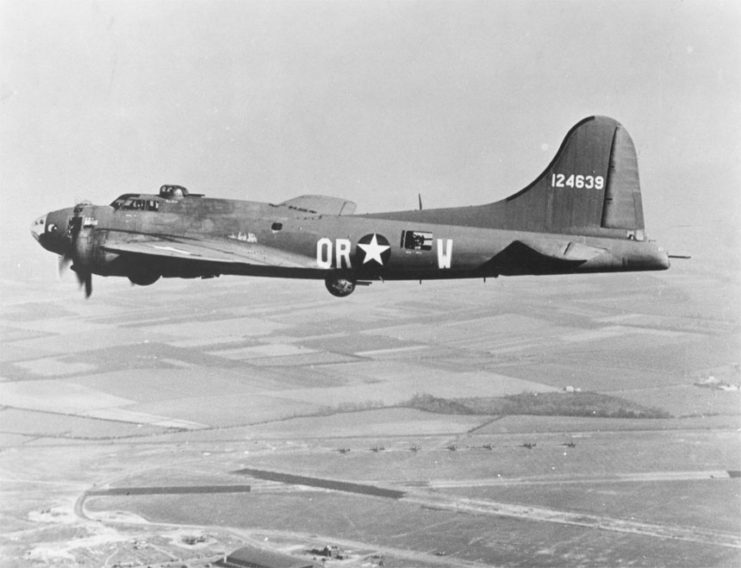
Although there was a desire to have the bombers manned completely by remote, testing proved it wasn’t possible to have them taxi and takeoff without a pilot. As such, it was decided a two-man crew would be sent on the flights, both of whom would parachute out before reaching their target.
The B-17s were modified to remove all non-essential materials: armor, bomb racks, seats and guns. To make it easier for the crew, the canopy was also removed. Along with the equipment needed to fly the aircraft from a distance, two cameras were installed, so the “pilots” on the accompanying bombers could properly line up with the target. Most importantly, each B-17 was stuffed full of 20,000 pounds (some sources say 12,000 pounds) of Torpex, an explosive 50 percent stronger than TNT.
When the first flights left from RAF Fersfield, there were 10 B-17 “drones” (BQ-7) and four B-17 motherships (CQ-17). The Navy used Lockheed PV-1 Venturas for their accompanying crews.
Operation Aphrodite takes flight
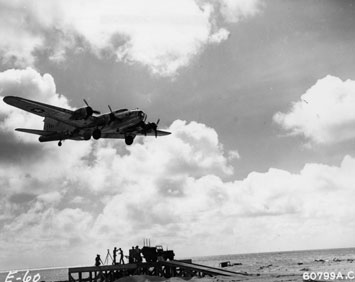
The first mission was launched by four BQ-7 aircraft on August 4, 1944 against various V-1 launch sites, with an escort of over 30 aircraft. Despite the heavy protection, it didn’t end well. The first bomber spun out of control and the crew was forced to eject. The second also crashed, killing one crewman. The final two aircraft, attacking the same target, were just as unsuccessful. One lost control when the pilot bailed out, killing the engineer. The other missed its target due to obstructed cameras.
Three more bombers were sent out two days later to attack additional V-1 sites. Two of them encountered serious issues with their control systems once their crews bailed out, to the point that an out-of-control and fully-armed BQ-7 circled the British town of Ipswich, before finally heading back out toward the sea. The final one was shot down by the enemy and unable to complete its mission.
Before launching another attempt, Doolittle decided to investigate the control problems in the BQ-7s. Alterations were made, and airmen with the 562nd were, again, sent out, first to Heligoland and, later, to Heide. In both instances, there were problems with the control systems, resulting in casualties among the crew.
That being said, during the latter mission, one of the bombers managed to get close enough to its target to cause significant damage.
Death of Joseph P. Kennedy Jr.
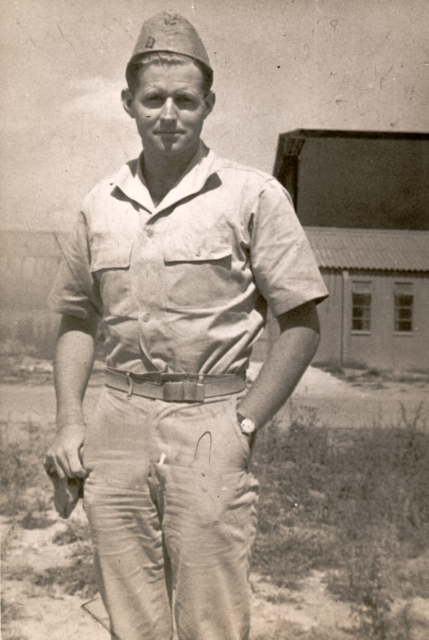
Although there were many deaths during Operations Aphrodite and Anvil, the most famous was that of US Navy Lt. Joseph P. Kennedy Jr., the older brother of future US President John F. Kennedy. On August 12, 1944, he was assigned to a modified B-24 to attack a V-3 site, the Fortress of Mimoyecques. He and Lt. Wilford John Willy took off from RAF Fersfield, and, unfortunately, disaster struck within 18 minutes.
Kennedy and Willy had just prepared to hand over control to the aircraft accompanying them, removing the pin to arm their explosives, when the bomber unexpectedly exploded. It was later determined the Torpex had detonated prematurely. The last words Kennedy uttered were “Spade Flush,” the code to let the other crew know he and Willy were about to eject.
It’s believed both men died instantly, with a crewman in an accompanying aircraft commenting, “Nothing larger than a basketball could have survived the blast.”
Operation Aphrodite was a failure
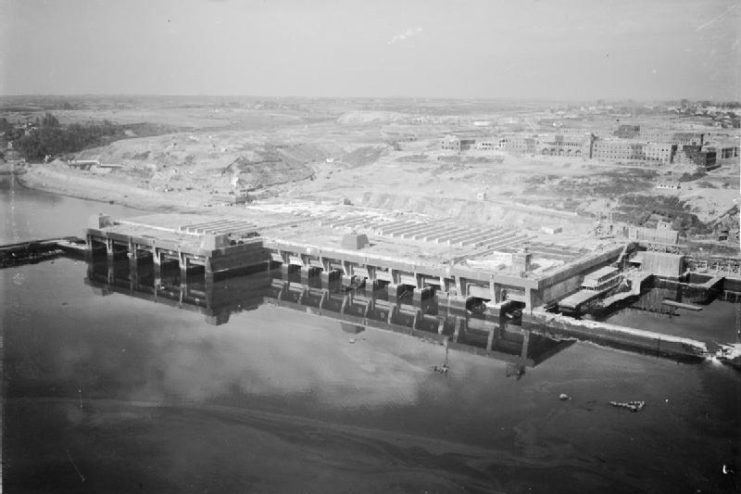
Despite the death of such a high-profile pilot, many more missions were flown before Operations Aphrodite and Anvil were shut down. On January 27, 1945, Gen. Carl Spaatz sent a dispatch to Doolittle, saying, “Aphrodite babies must not be launched against the enemy until further orders.”
Those further orders were never given.
More from us: Josef Mencik: The Last Knight Who Stood Up to the Germans In WWII
Between August 1944 and January 1945, more Allied crews were killed than enemy combatants, and more damage was done in the UK than anywhere they targeted. Numerous flaws with the aircraft modifications essentially led to the failures. That isn’t to say, however, that Aphrodite’s targets were never destroyed. Many were taken out by the bunker-buster bombs created by the British.
